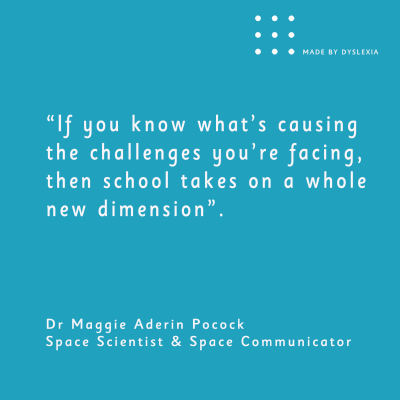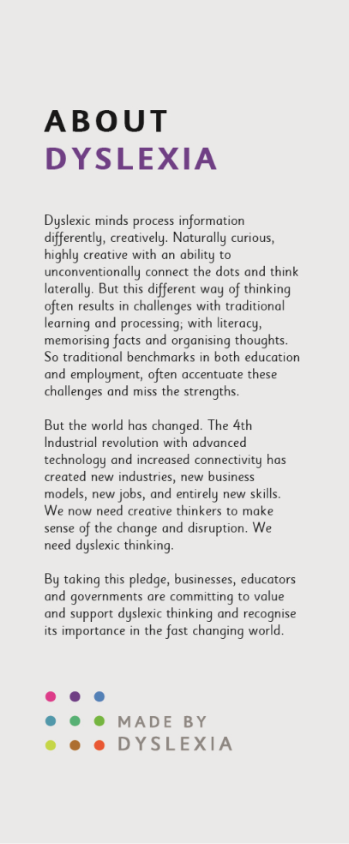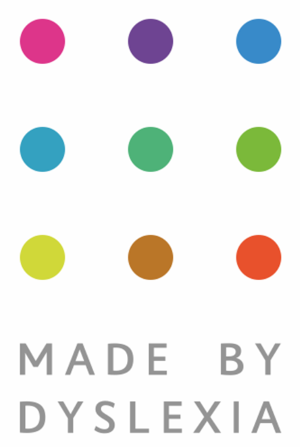Importance of identification

- 10 - 20% of the population have dyslexia—learners with dyslexia are in every classroom and every school.
- Identification is vital for a child’s own self-understanding and for those around them too. It helps teachers and parents to understand why there's a problem and how to solve it.
- Dyslexia can be identified as early as preschool. Some things to look for are difficulties in rapid letter naming, letter/sound association, and rapid naming of common colors and objects.
- Some students with dyslexia grasp early reading but have challenges later as the workload increases. A mismatch in what an individual seems capable of and the work they produce is a strong indicator of dyslexia.
- Empowering students to see their own strengths, supporting parents with awareness, and coaching teachers on best practices for dyslexia creates a team of success for learners with dyslexia. Doing so takes the word dyslexia from a word surrounded with fear to a word surrounded with strength and acceptance.
If a student shows signs of dyslexia and a teacher has concerns, the teacher should ask about the process to refer that student for services. Remember that each school is unique in how it assists the many kinds of students in its system. Some schools have specialists on staff to assist with specialized testing and others don't. Regardless of formal identification, awareness about dyslexia allows general education teachers the opportunity to implement best practices for all students.
Reflection
- Why is identification beneficial for most students with dyslexia?
- What systems are already in place at your school to help identify students with dyslexia?
- Who might you speak to if you suspect a student might have dyslexia? How can you help that student even if you aren't able to pursue a formal identification?
For more details about identification: Why we must identify dyslexia

